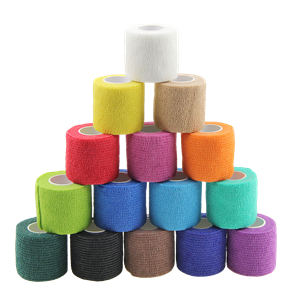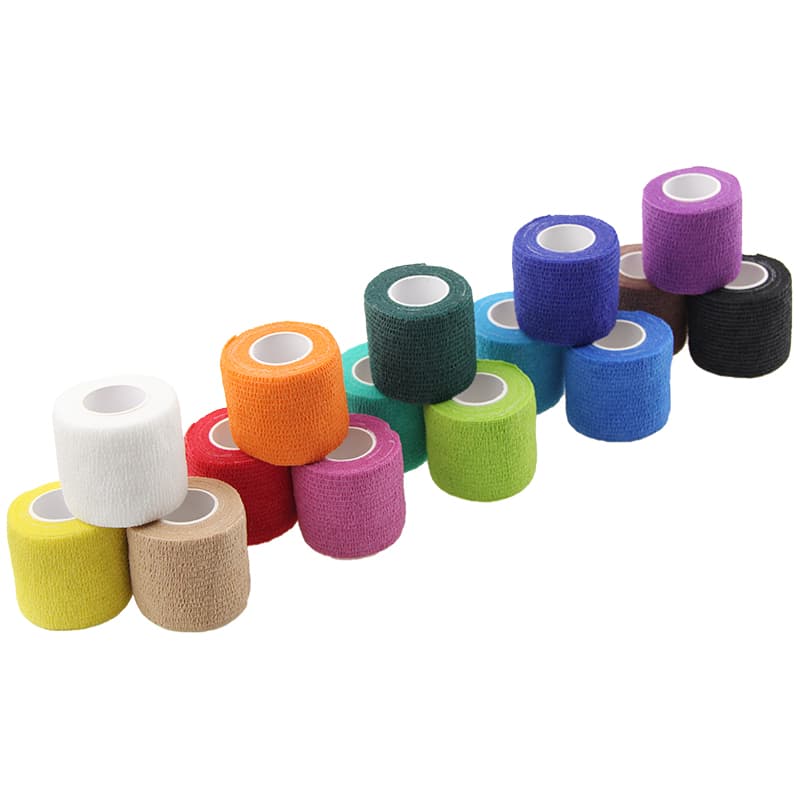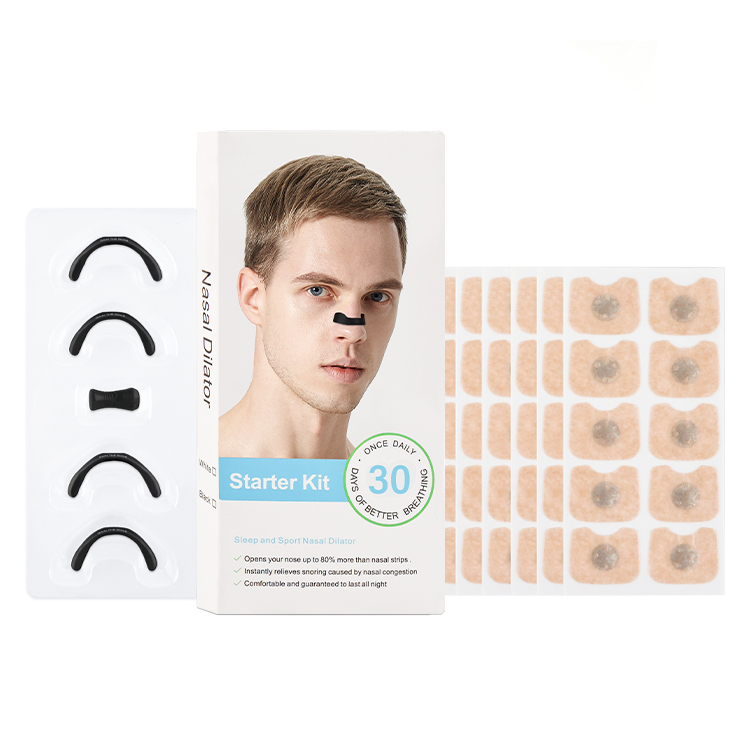You might have heard of a cohesive bandage before, but do you know how it’s used? The bandages are typically made of a soft fabric that shrinks to fit the injured area. This makes them ideal to use on wounds and injuries because they hold everything together while they heal. In this article, find out how a cohesive bandage can help promote healing in an injury or wound.
What is a cohesive bandage?
A Band-Aid is a band-aid specifically designed to adhere tightly to the skin. This makes it great for staying in place, and by bonding tightly to the skin, they help reduce the risk of infection and promote healing. Additionally, adhesive bandages are typically smaller and more comfortable to wear than traditional adhesive bandages.
They are used to aid wound healing and promote healing. They are made of solid bandage material that wraps around the wound. This type of bandage is designed to hold the wound in place and prevent it from moving. They help reduce the chance of infection and hold the skin tight to the underlying tissue.


What Are the Benefits of Using A Cohesive Bandage?
There are many benefits to using a cohesive bandage, including: reducing the risk of infection, providing support and stabilization while healing, and preventing further damage. In addition, cohesive bandages are gentle on the skin and can be removed easily without causing additional pain or discomfort. Some of the main benefits of using a cohesive bandage include:
Reducing the Risk of Infection
One of the main benefits of using a cohesive bandage is that it reduces the risk of infection. By stabilizing wounds and keeping them closed off from environmental contaminants, you reduce the possibility that bacteria will enter and cause further injury or infection. Additionally, by providing support during healing, cohesive bandages help to ensure that wound tissues remain intact and don’t stretch or tear.
Providing Support and Stabilization While Healing
They provide significant support and stabilization while healing wounds. This helps to prevent further damage to tissues while promoting rapid healing processes. In addition, because they are gentle on the skin, cohesive bandages are less likely to cause irritation or discomfort.
Preventing Further Damage
They help to prevent further damage to tissue by providing support and stabilization. This helps to limit the amount of stretch that occurs during healing, which can reduce the risk of additional skin damage. Additionally, cohesive bandages are easy to remove without causing additional pain or discomfort.
The Importance of Choosing the Right Size of Bandage
Cohesive bandages are designed to stick to the skin and provide compression, which helps reduce swelling and pain. A cohesive bandage is different from a standard adhesive bandage in a few ways: first, it has more fibers than a standard adhesive bandage, so it’s stronger; second, it’s designed to adhere more tightly to the skin; and finally, it comes in different sizes to fit various areas of the body.
They are important for two main reasons: they help reduce swelling and pain after an injury, as well as keep the skin attached to the underlying muscles and bones. When applied correctly, cohesive bandages can help speed up your healing process by keeping the skin tight against the underlying tissue. If you experience any discomfort or swelling after an injury, be sure to use a cohesive bandage as part of your treatment plan.


Conclusion
With high elasticity, the movement of the joints is not restricted after use, and you can feel the various benefits of this bandage. Does not shrink, will not hinder blood circulation or displace joint parts The material is breathable, the self-adhesive bandage will not condense water vapor on the wound, has good air permeability, soft and comfortable, hypoallergenic, the self-adhesive bandage is easy to use, easy to carry, and pressure-resistant Appropriate, elegant in appearance, conducive to quick wound healing and fast bandaging, without affecting the daily life of patients.

